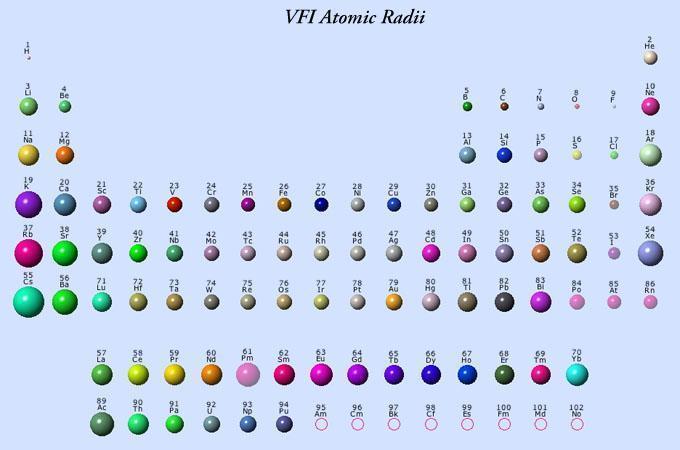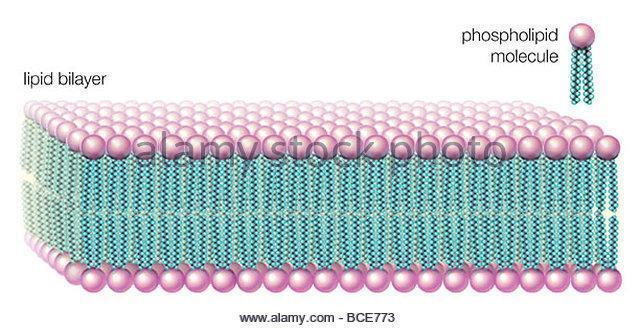noordinary
Member
- Joined
- Jun 1, 2016
- Messages
- 209
@Travis could you please check this one out:
The DIAMOND (DHA Intake And Measurement Of Neural Development) Study: a double-masked, randomized controlled clinical trial of the maturation of infant visual acuity as a function of the dietary level of docosahexaenoic acid
They supplemented DHA and arachidonic acid.
See fatty acids profile of the formulas: http://ajcn.nutrition.org/content/suppl/2010/03/19/ajcn.2009.28557.DC1/ajcn_28557_sd1.pdf
I checked the Visual Evoked Potential test they used and it seems alright.
How did they get better vision equity results in supplemented groups? Am i missing something?
The DIAMOND (DHA Intake And Measurement Of Neural Development) Study: a double-masked, randomized controlled clinical trial of the maturation of infant visual acuity as a function of the dietary level of docosahexaenoic acid
They supplemented DHA and arachidonic acid.
See fatty acids profile of the formulas: http://ajcn.nutrition.org/content/suppl/2010/03/19/ajcn.2009.28557.DC1/ajcn_28557_sd1.pdf
I checked the Visual Evoked Potential test they used and it seems alright.
How did they get better vision equity results in supplemented groups? Am i missing something?



